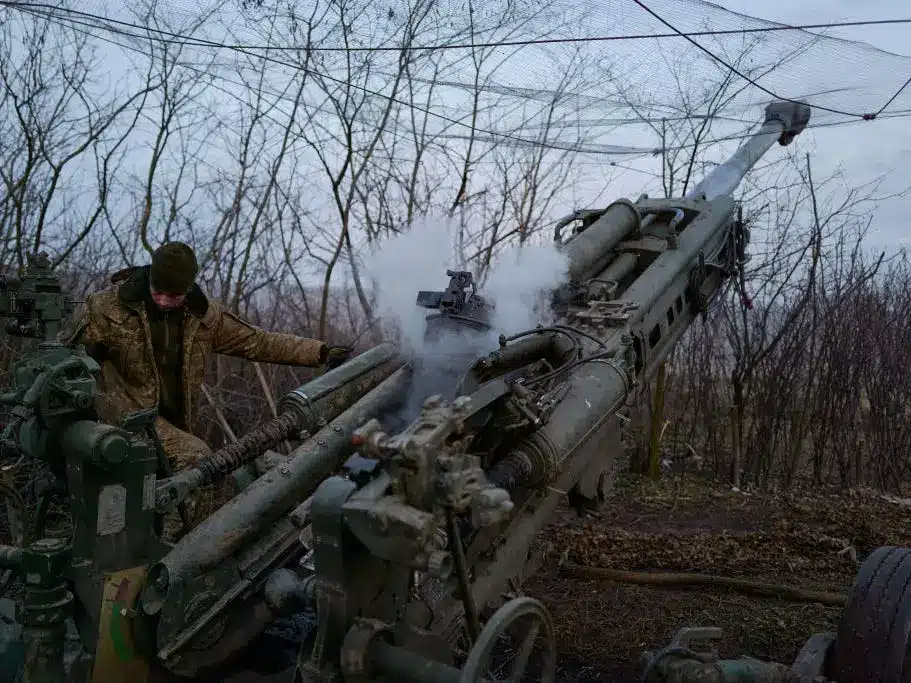“We have witnessed the end of the effectiveness of towed artillery.” These are the words that General James Rainey, head of the US Army Futures Command, spoke at the Global Force symposium of the Association of the US Army.
According to the American general, despite the recently announced abandonment of the super-cannon from the Extended Range Cannon Artillery (ERCA) program, the US Army is preparing for major transformations in terms of artillery, but is now turning away from the towed artillery, judged, not without objective reason, too vulnerable.
In this section:
The war in Ukraine has put artillery back at the center of air-land combat
As was the case with tanks and mechanized infantry, artillery has been neglected by many armies, particularly in the West, over the past 30 years. Thus, the majority of NATO armies, including the US Army, still use, today, artillery systems designed during the Cold War, such as the American M109, the British AS 90, or the 2S3 and Soviet 2S19 in Eastern Europe.
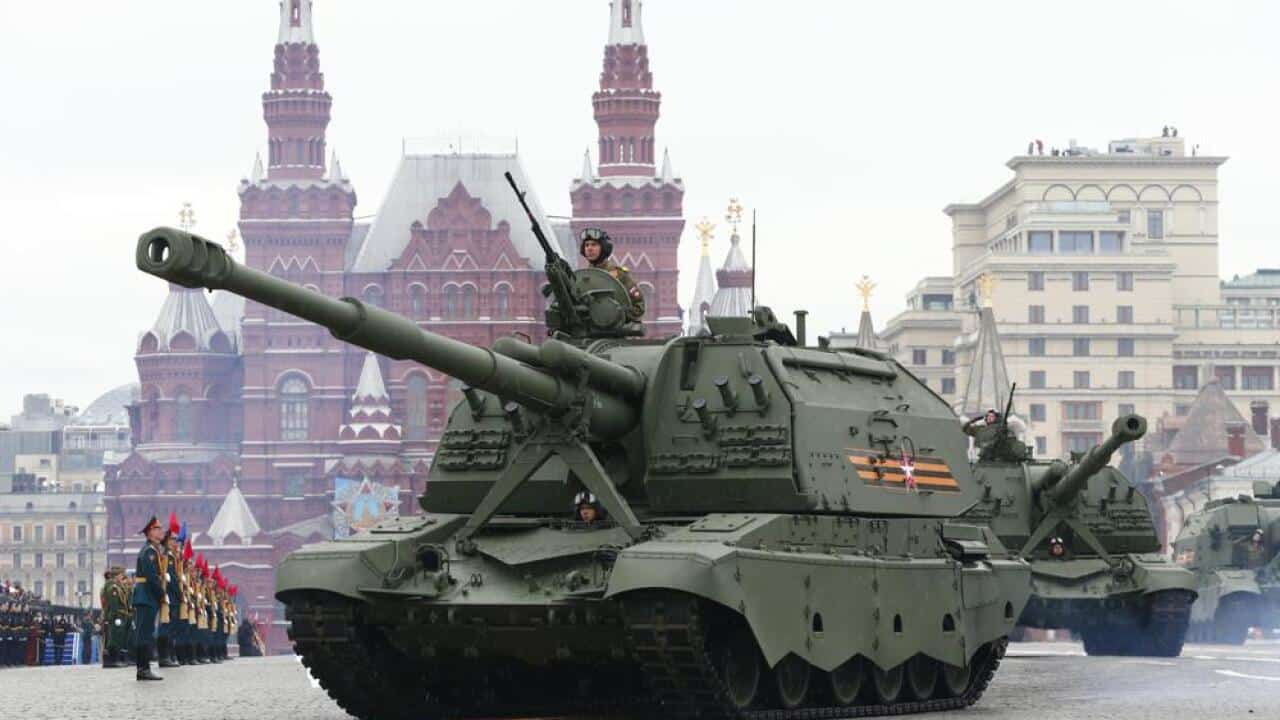
Engaged in asymmetrical theaters, facing adversaries with little artillery and no aviation, these armies evolved from fire support provided by artillery, to that provided by aviation or helicopters. fight. Even in relatively intense theaters, such as Iraq or Syria, Western air supremacy, like Russia's in Syria, has never been called into question.
The war in Ukraine has profoundly disrupted these paradigms. Although it has a much smaller air force, Kyiv has, in fact, managed to contain, for more than two years, Russian air power and its thousand combat and attack aircraft, using of a dense and effective air defense network.
It was the same, moreover, concerning the Ukrainian air forces by the Russian DCA. Both air forces were forced, by these anti-aircraft defenses, to operate at a distance from the line of engagement, whether combat planes or attack helicopters, making close air support much more difficult. .
This function fully fell to the artillery, as required, moreover, by Soviet doctrine. It very quickly became the pivot of the balance of power in the war in Ukraine, with the number of tubes available as a yardstick, as well as the stocks of 152 and 155 mm shells.
Towed artillery too vulnerable to counter-battery and drones
If artillery has regained its decisive role on the battlefield in Ukraine, it has also paid a heavy price for its intensive use over the past two years. Thus, according to the Oryx website, 350 towed artillery systems, 700 self-propelled systems and more than 360 Russian multiple rocket launchers have been destroyed, damaged or abandoned since February 2022, i.e. half of the theoretical inventory of Moscow's armies, at the start of the conflict.
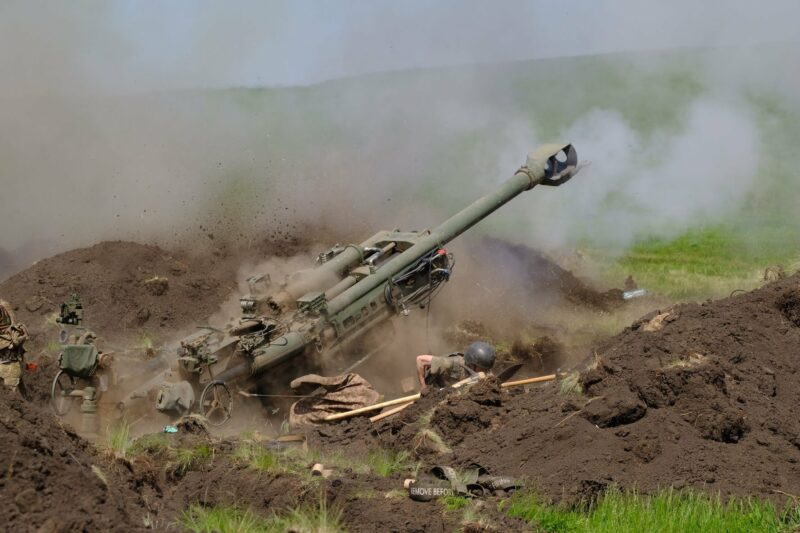
Ukraine, for its part, would have lost, according to the same site and with the same methodology, 190 towed systems, 310 self-propelled systems and around sixty multiple rocket launchers.
While these figures appear to show greater attrition of self-propelled guns, they actually mask the great vulnerability of towed artillery, which is much less numerous on the battlefield, and suffers much higher loss rates than artillery. mobile.
Thus, the Ukrainian armies would have lost 82 of the 186 American-made M777 towed guns, delivered between May 2022 and summer 2023, i.e. an attrition rate of almost 42%. The French Caesar truck-mounted gun, delivered in 49 units over the same schedule, recorded only 8 losses, representing an attrition rate of 16%, more than two and a half times lower than that of the American gun, and significantly equal to that of the German Pzh 2000.
The 52 caliber cannon of the Caesar explains, in part, this greater resilience, the German Pzh 2000 and the Swedish archer also recording less attrition and comparable to the French cannon. Its great mobility contributes just as much to this.
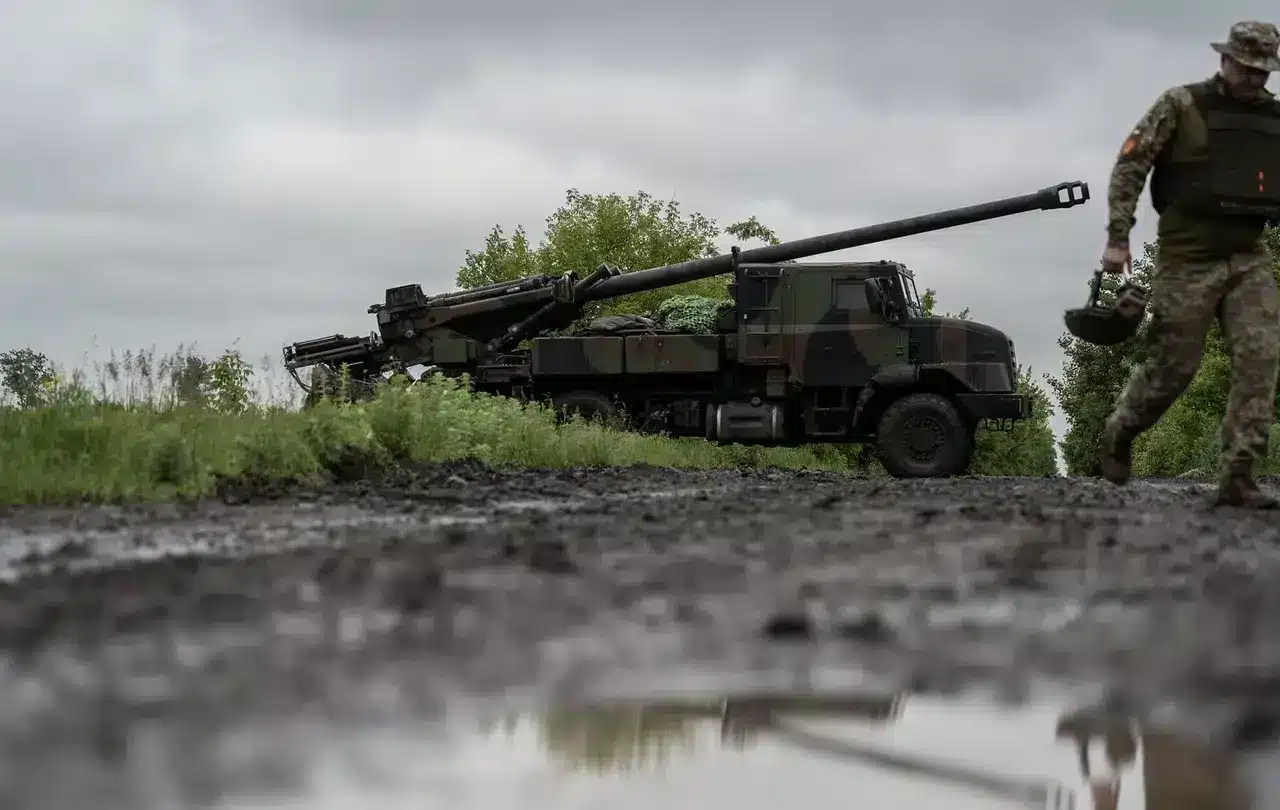
Thus, it only took the Caesar two minutes to line up, fire six shells, and leave the firing point, a time too short for the Russian counter-battery artillery. Conversely, it takes nearly five minutes for the M777 to do the same, with a very trained crew, giving time for counter-battery radars, or even Russian drones, to locate the origin of the shot, and engage.
Even firing under casemates, or from prepared and protected locations, is no longer enough to compensate for the lack of mobility of towed artillery, while lurking munitions and guided shells can now hit targets with precision. a few meters, or even less.
Mobility, reach and precision: the three keys to the effectiveness of modern artillery
It is therefore not surprising that General Riley, in his remarks at the Global Force symposium, made mobility, reach and precision the three keys to the effectiveness of artillery today, and for years to come.
The extension not only makes it possible to strike targets in the depth of the opposing device, but it allows it to do so while remaining out of the range of opposing artillery systems, supposedly less advanced. Thus, the European Caesar, Pzh2000 and Archer systems, and their 52 caliber cannon, can hit targets at 40 km with conventional shells, compared to 25 km for the M109, the 2S19 Mstas-s, or the M777.
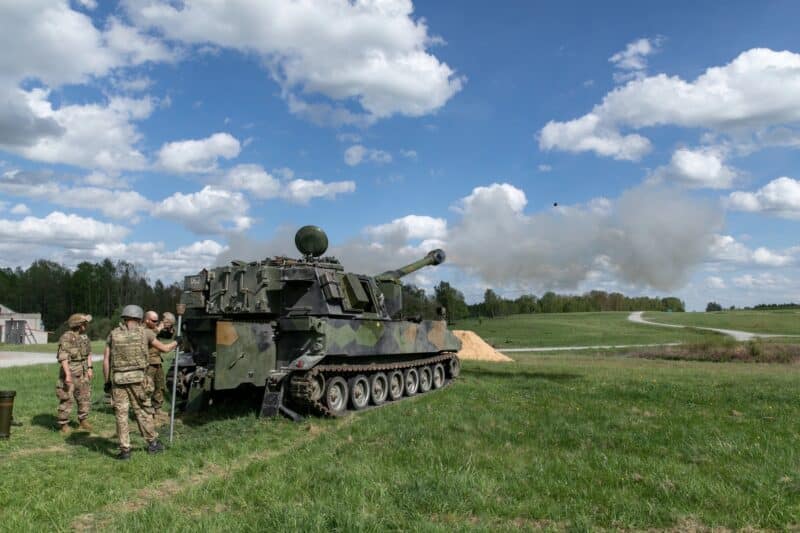
The precision ensures that you obtain an identical result, with a smaller number of shells. In addition to a lower consumption of the number of shells, which we know to be strategic, these systems can evacuate the firing zone more quickly, to avoid counter-battery fire. Finally, a smaller number of artillery systems is enough to achieve a similar result, producing, in fact, a force multiplier effect.
Mobility, finally, offers great operational flexibility to gunners, while reducing the time systems are exposed to the risk of counter-battery. As such, a majority of Caesars destroyed or damaged in Ukraine were done so, not by artillery fire, but by Lancet lurking munitions. Here again, mobility acts as a force multiplier, allowing a part to operate effectively over a wider perimeter.
The fact remains that if towed artillery is much more vulnerable than self-propelled artillery, it remained in the inventories of armies, due to certain specific qualities, such as its ability to be easily projected, including by aircraft, and above all, due to its price, much more accessible.
Indeed, the M777 costs 4 times less than the M109 Paladin, and almost 6 times less expensive than a Pzh 2000. When mass is a decisive issue, as in Ukraine, this economic aspect cannot be ignored.
The carried cannon, designated successor to towed artillery
It is to respond to this double contradiction that the French GIAT Industrie, which has since become Nexter, then KNDS-France, designed the Truck Equipped with an Artillery System, the CAESAR, which today shows all its effectiveness in the hands of Ukrainian gunners.
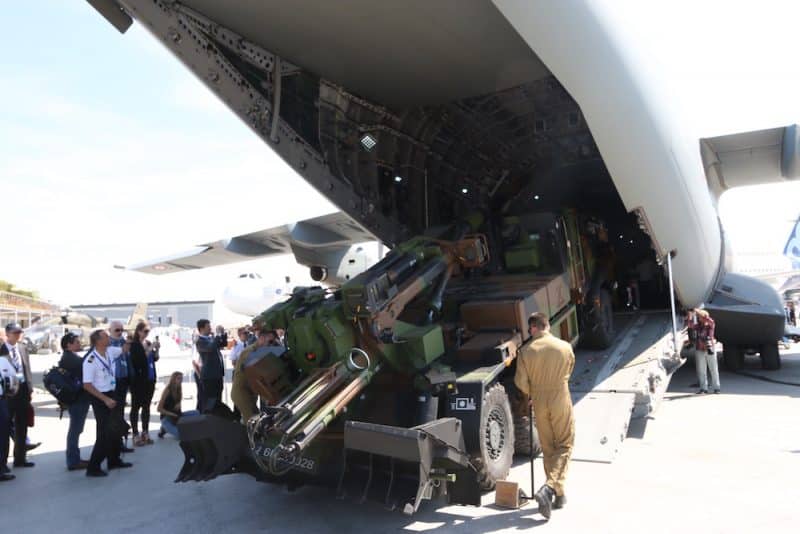
This was to make it possible to replace the Army's TR-F1 towed gun, retaining its flexibility of use and reduced costs, while eliminating its weaknesses, with greatly increased mobility, greater extension thanks to its 52 caliber tube, and exceptional precision, thanks to a new inertial ballistic computer adjusted by GPS.
The commercial and operational success of the CAESAR, including in Ukraine, demonstrates that French engineers have succeeded in meeting this challenge, including in the area of costs, a CAESAR costing €4 to €5 million, a little more than an M777. , and still 4 times cheaper than an M109 and five times more economical than a PZH 2000.
The concept of the carried gun has since been taken up by numerous manufacturers, in Sweden with the Archer, in Germany with the RCH-155, in Israel with the Atmos, in China with the PCL-181, and even in Russia , with the 2S43 Malva. The United States, for its part, developed Brutus, a direct reference to the French Caesar, without having its qualities.
What future for the US Army Artillery?
On the occasion of this symposium, General Riley gave the directions pursued by the US Army in terms of modernizing its artillery, after the end of the ERCA super-gun program.
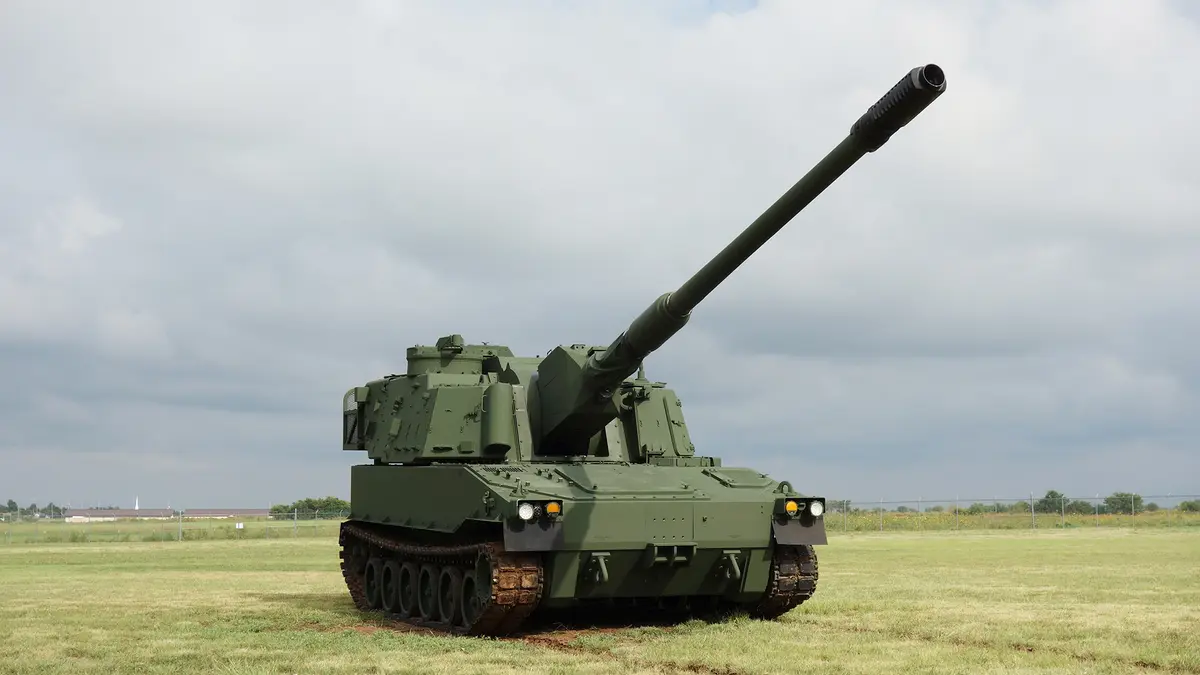
As could be expected, the preferred path today is based on the development of new precision ammunition with added propulsion, making it possible to increase the range and precision of each shot, with the replacement of the 39 caliber tube of the M109, by a 52 caliber tube.
Manufacturers are already ready to meet this demand. Thus, BAe, associated with Rheinmetall, offers a version of the M109A7, called M109-52, equipped with the L52 cannon from Rheinmetall which already equips the Pzh2000.
Apparently, it proved particularly resilient in Ukraine, withstanding more than three times the number of shots expected, without loss of range, accuracy or safety. South Korea, but also Israel and Krauss-Maffei Wegmann, would also be in the ranks, to offer off-the-shelf solutions to the US Army.
However, at the same time, General Riley suggested that the US Army could also turn to a lighter and more mobile solution than its M109, intended to evolve alongside the Stryker 8x8 within infantry brigades. , or assault units.
These specifications could correspond to the Israeli ATMOS, but also, and above all, to the French CAESAR, which has made mobility its DNA, as an alternative, not to self-propelled guns, but to towed artillery. So to be continued…
Article from March 28 in full version until May 5, 2024

